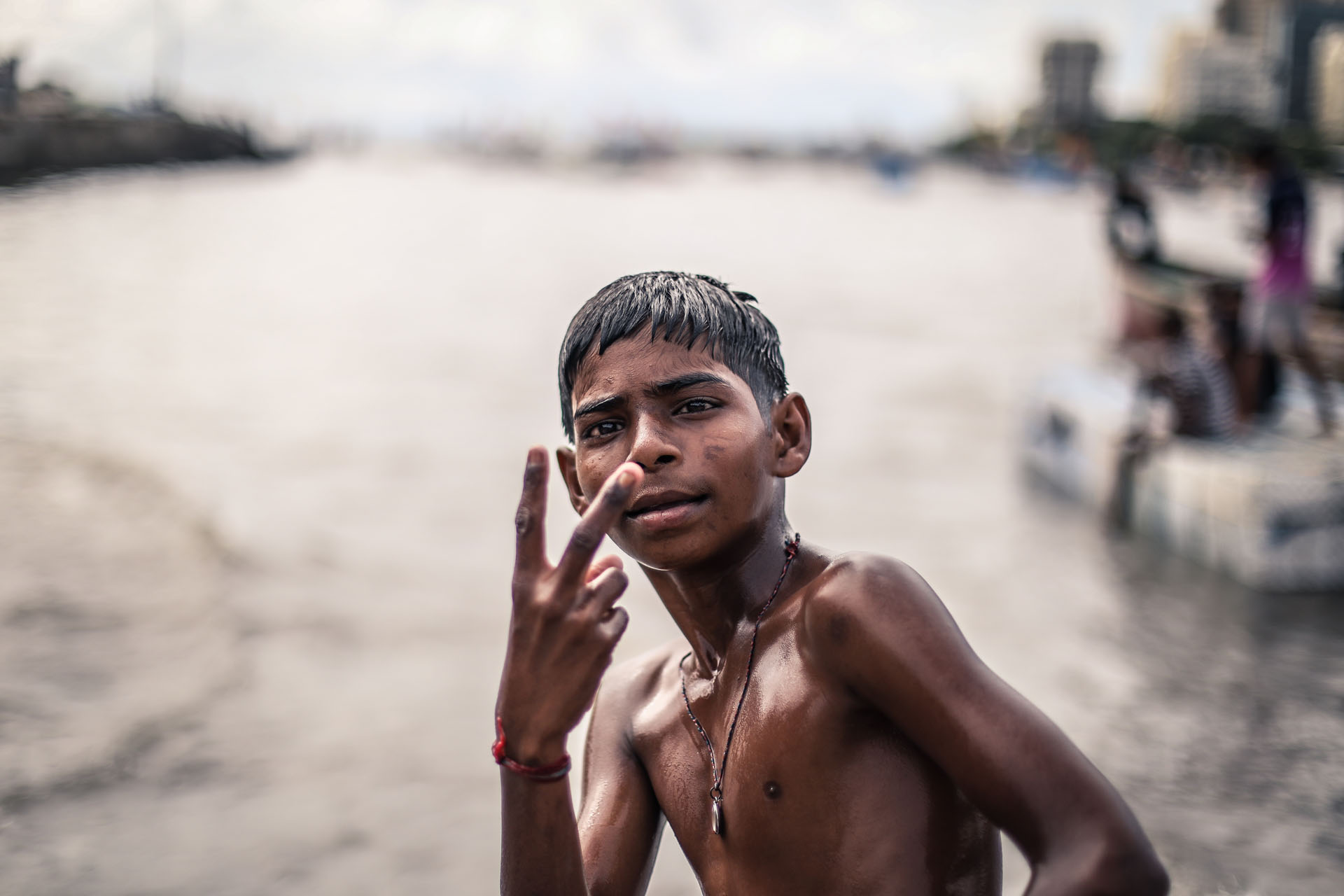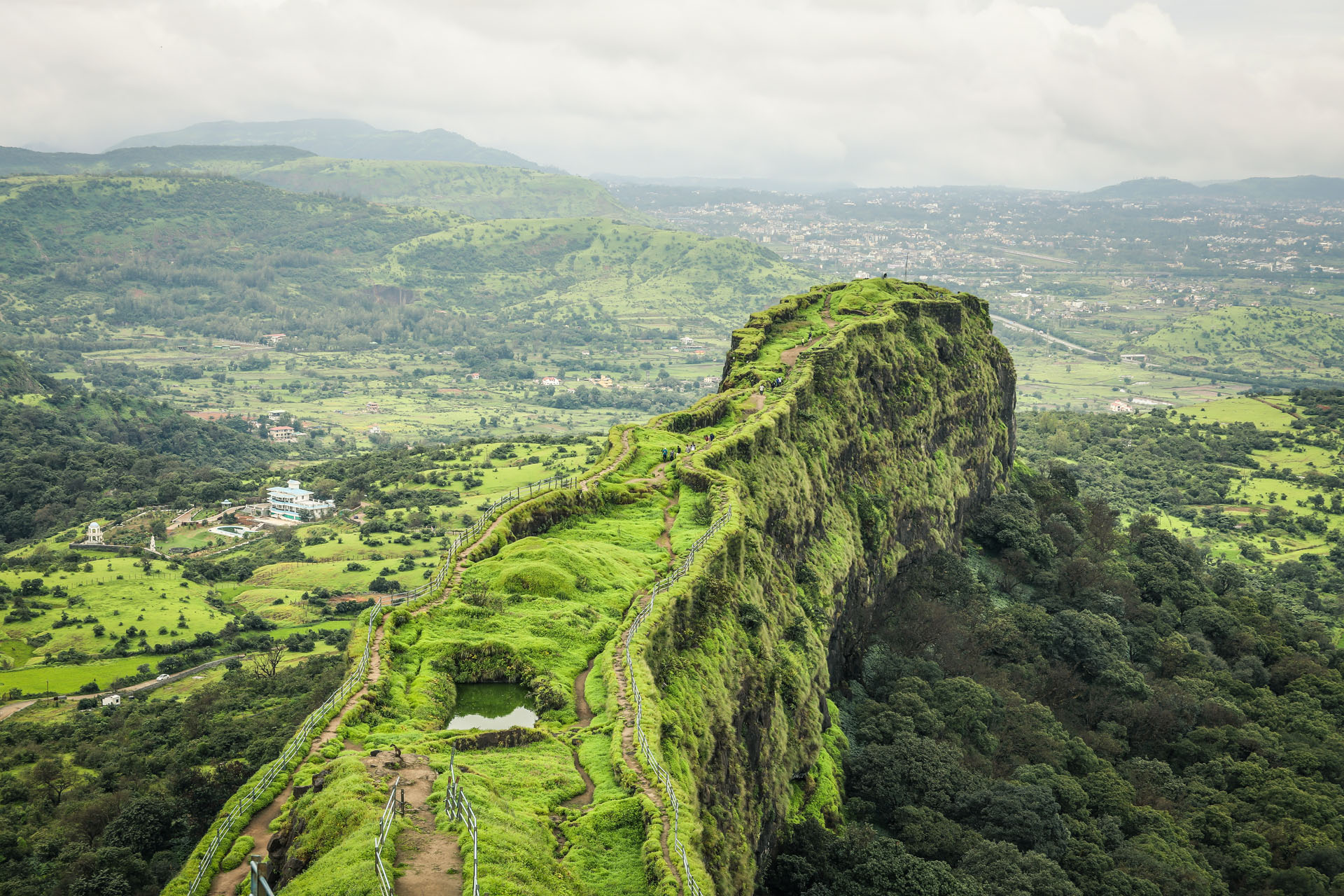MUMBAI|02
Mumbai has a storied history that has seen a succession of Indian empires, then Portuguese rule, and subsequently British colonization before independence in the 20th century.
From the many well-preserved relics of the British Raj, including the famous Gateway of India stone arch that was built in 1924, to the bright lights of Bollywood, Mumbai is an adventure waiting for you to discover.


GATEWAY OF INDIA
LOHAGAD FORT | VINCHU KAATA
Lohagad Fort means Iron fort in Marathi, situated close to the hill station of Lonavala Khandala and 52 km northwest of Pune, Lohagad rises to an elevation of 1,033 meters or 3,389 feet above sea level. The Lohagad Killa is connected to the neighboring Visapur Fort which is at its eastern side by a small range. The range divides the basins of the Indrayani River and Pavana River rivers.
Lohagad overlooks the Pavna reservoir, located to the south of the mountain. The hill extends to the northwest to a fortified spur, called Vinchu Kata Scorpion's tail because of its resembling shape. The four large gates of Lohagad are still in good condition and reasonably intact. The fort has been declared as a protected monument by the by Archaeology Survey of India.



SASSOON DOCKS

















